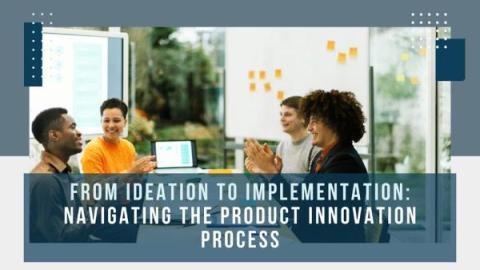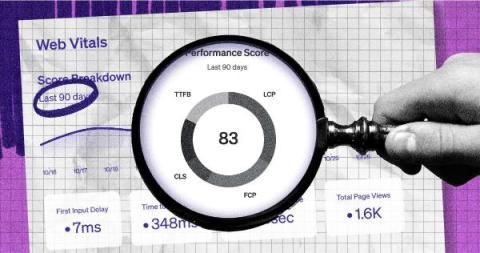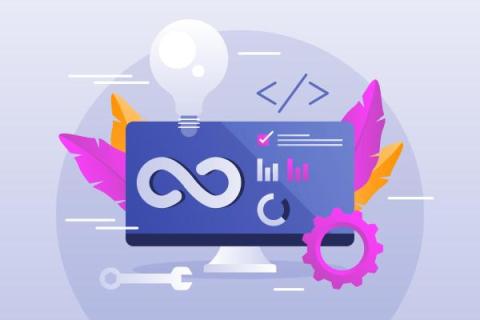Strategies for Successful Software Development Outsourcing in the UK
The software development landscape is a dynamic arena that requires continuous innovation and adaptation. Companies are increasingly recognizing the strategic benefits of software development outsourcing in UK. This approach unlocks access to a skilled talent pool, fosters agile methodologies, and positions businesses at the forefront of technological advancements.











